Australia's renewable energy sector is growing rapidly thanks to a combination of world- leading technology, natural resources, policy mechanisms and investment opportunities.
Australia has abundant natural resources suitable for renewable energy development, from high-intensity solar power, wind resources and a long coastline with high wave energy density. Many leading renewable energy technologies have been developed in this country and applied globally. Renewable energy accounted for 35.9% of Australia's total electricity production in 2022, up 3.4% from the previous year. The Australian Government has set a target of increasing the proportion of renewable energy to 82% by 2030.
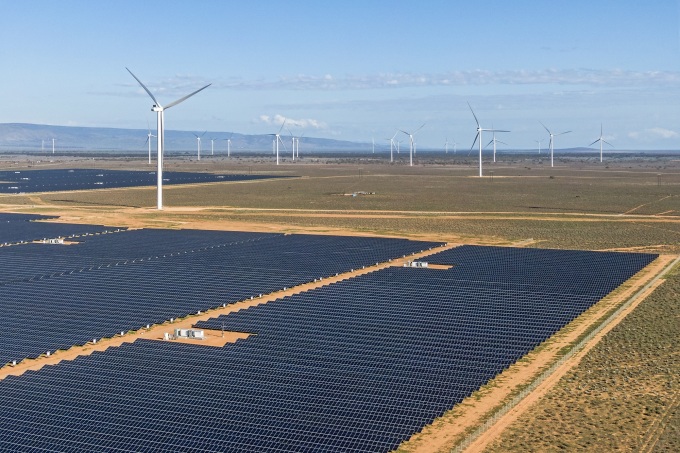
Port Augusta Renewable Energy Park - a 5,400-hectare combined wind and solar farm in South Australia with 50 turbines and 250,000 solar panels. Photo: Austrade
Solar energy
Australia is the world's largest producer of solar power with 1.1 kW (1,166W) per capita, according to the Photovoltaic Institute of Australia in 2022. One of the breakthrough studies that has contributed to creating a sustainable foundation for the world's green energy in recent times is the PERC solar cell developed by Professor Martin Green and his research team; promoting energy conversion efficiency from 15% to 25%, while achieving efficiency even in areas with unfavorable lighting conditions. Currently, PERC technology is used in more than 90% of solar panels produced worldwide. This work has received many international awards and was recently honored at VinFuture 2023.
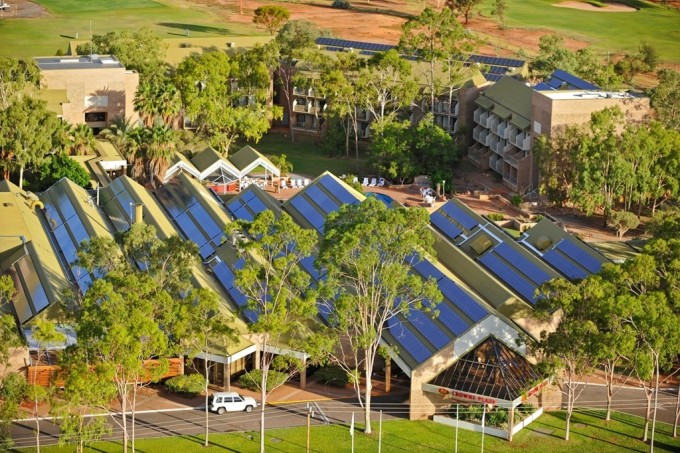
More than 3 million Australian households (about 30%) now have rooftop solar panels installed. Photo: Austrade
Harnessing rooftop solar energy is a viable and cost-effective solution to reduce global greenhouse gas emissions. Faced with the challenges of distributing electricity to residential buildings, Allume Energy has revolutionized the way solar energy is delivered to multiple apartments in the same building from a single rooftop photovoltaic system. This SolShare technology has reduced carbon emissions by 28 tons per year for a typical residential building and helped users cut their energy bills by 40%. This easy-to-install, manageable and affordable technology has been adopted by countries such as Germany, the US and the UK. Allume Energy has sold more than 350 kits worldwide and an additional 10,000 are in production for the market.
Another promising innovation is ClearVue’s solar glass. With up to 70% transparency and a peak output of up to 40 Watts per square meter, the product meets window glazing efficiency goals while also providing some of the building’s electricity.
Wind power
Offshore wind is emerging as a new industry in Australia. It is well suited to the vast open spaces and strong coastal wind conditions close to population centres, and is supported by strong government policy.
An Australian innovation to speed up the wind farm design process is to replace monitoring masts with SODAR systems that detect and classify sounds at sea. This mobile wind monitoring system from Fulcrum3D allows for three-dimensional wind speed measurements with accuracy up to 200m above ground, providing more detailed information about on-site wind characteristics, allowing for faster and more accurate wind farm development.
Another technology that is improving wind farm development is WindScape, provided by Windlab Systems. WindScape is a wind energy assessment and atmospheric modelling tool that Windlab uses to identify and develop wind farms efficiently with greater certainty and less risk, both in Australia and globally.
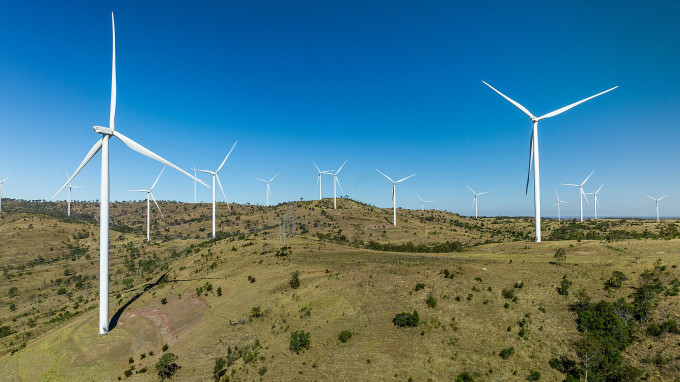
Coopers Gap - one of Australia's largest wind farms located in the Darling Downs region of Queensland. With 123 wind turbines, the land is also used for grazing cattle and other agricultural activities. Photo: Austrade
Corio Generation, a subsidiary of the Macquarie Group, is a global leader in offshore wind development. Corio is developing one of the first offshore wind projects in Victoria, Australia and has been actively operating in Vietnam since 2019.
With many impressive and effective innovations, by 2022, wind power will account for 12.8% of Australia's total electricity output.
Hydrogen
Australia has become a hydrogen pioneer, exporting the world’s first shipment of liquefied hydrogen to Japan. In 2019, the Australian Government released a National Hydrogen Strategy outlining a vision for a clean, innovative, safe and competitive industry that will see Australia become a global “renewable energy superpower” by 2030.
Since the Australian Government launched the strategy, more than 90 hydrogen projects have been announced across Australia. The country now has a world-leading pipeline of hydrogen projects, making it one of the largest exporters of hydrogen globally. Australia’s hydrogen, ammonia and carbon capture and storage projects represent a potential investment of $185 billion.
The hydrogen industry in Australia is growing rapidly, with companies developing innovative hydrogen production technologies. Hazer Group is building a pilot plant with a proprietary process that uses iron ore as a catalyst to convert wastewater into hydrogen and graphite. Plasma pyrolysis specialist SynergenMet is commercialising methane pyrolysis to split methane into hydrogen and carbon black. Sparc Technologies is developing technology to produce hydrogen directly from water and sunlight, without the need to produce electricity to power the electrolyser.
The country is attracting investment from around the world. One of them is the 26GW Australian Renewable Energy Hub (AREH) in the Pilbara region of Western Australia. This is a combined solar and wind project designed to produce green hydrogen on 6,500 square kilometers, an area nearly four times the size of London. When completed, the project will produce 1.6 million tonnes of hydrogen per year and reduce carbon emissions by about 17 million tonnes annually.
Another hydrogen plant, being built in Western Australia by French energy company Engie and Japanese Mitsui, is being funded by the Australian government at a cost of AU$47.5 million. The first phase of the Yuri project is expected to be completed in 2024 and will be capable of producing up to 640 tonnes of renewable hydrogen per year.
Bioenergy
Bioenergy is another area where Australia is providing world-leading technology solutions. These range from the production of advanced bio-based feedstocks to the development of waste-to-energy projects.
By 2022, biomass will contribute 1.4% of total electricity generation in Australia.
Australian companies with expertise in waste-to-energy include Utilitas, which has developed an anaerobic digestion process to produce renewable gas from organic waste; Renergi, which has developed pyrolysis technology for solid household waste; and Avertas Energy, which is developing a 36 MW waste-to-energy power plant at Kwinana. Other Australian bioenergy innovations include Licella’s technology to convert low-cost, inedible biowaste into a stable biocrude oil that can be refined in a conventional refinery.
Energy storage
Energy storage is an important enabling technology for renewable energy, improving competitiveness and renewable energy penetration by coordinating energy supply on the grid, enabling peak-time delivery, reducing peak loads and allowing suppliers to better manage supply and demand.
Australia has deployed some of the world’s largest lithium-ion grid-connected solar batteries, such as the 300 MW/MWh Victorian Big Battery. Pure pumped storage is also coming to Australia, with the 250 MW/2000 MWh Kidston project under construction and feasibility studies underway with Hydro Tasmania.
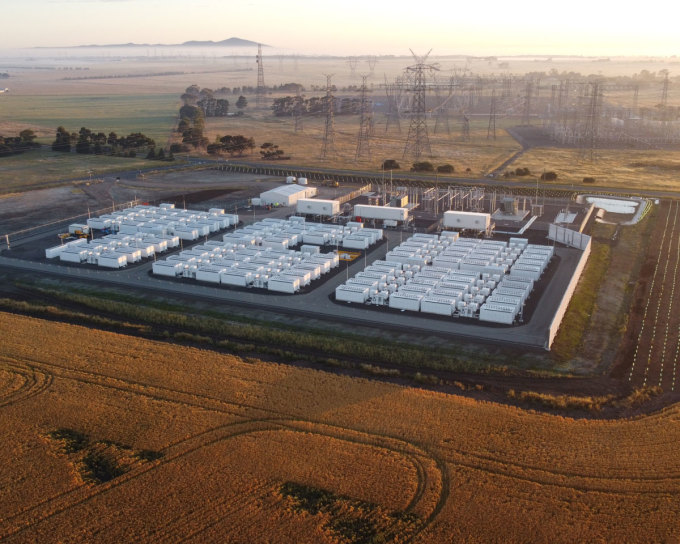
Neoen is partnering with Tesla and AusNet Services to deliver the Victorian Big Battery project in Geelong - one of the world's largest battery storage projects. Photo: Victorian Big Battery
These breakthrough achievements are due to the long-term vision, clear strategy and strong investment from the Government. In addition, the policy and legal support has helped Australia have many companies with high expertise and rich experience in the environmental field. Many businesses have supported other countries to improve, protect and restore the natural environment through research and consulting cooperation.
At the same time, Australia’s climate change solutions are ready to export. From policy development to project implementation, Australia has expertise across the entire value chain and experience in delivering international solutions to complex problems, on budget and on schedule.
Nguyen Phuong
Source link








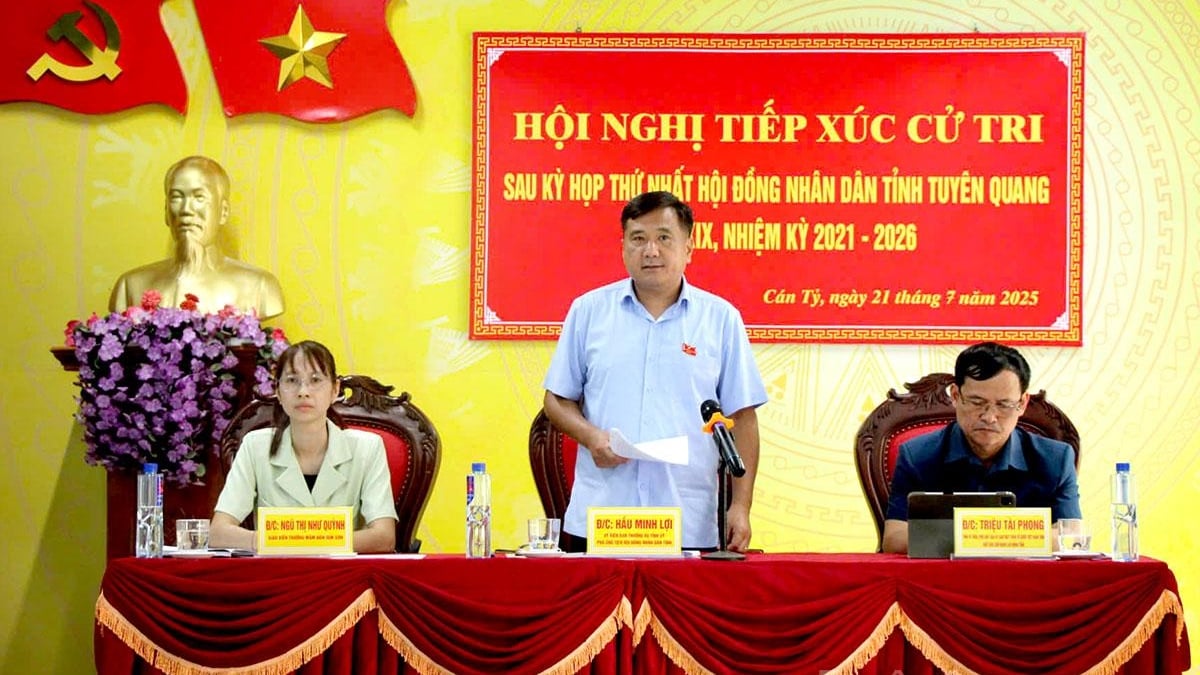















![[Photo] National Assembly Chairman Tran Thanh Man visits Vietnamese Heroic Mother Ta Thi Tran](https://vphoto.vietnam.vn/thumb/1200x675/vietnam/resource/IMAGE/2025/7/20/765c0bd057dd44ad83ab89fe0255b783)



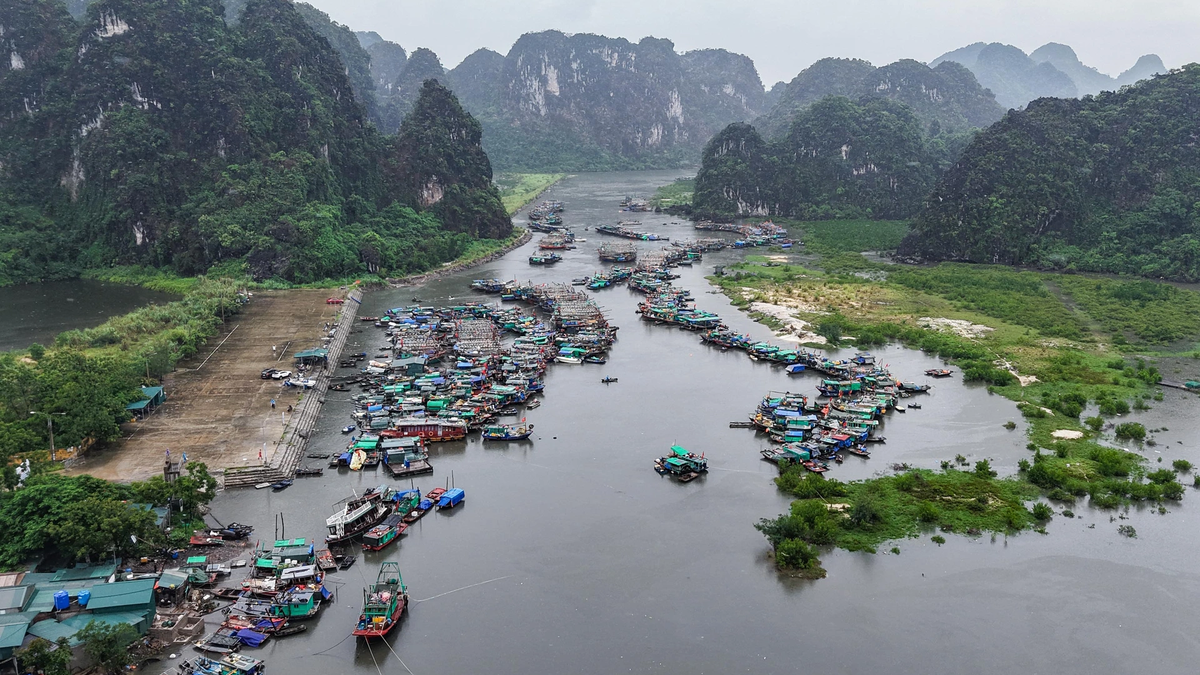

































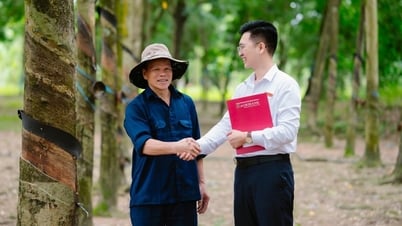




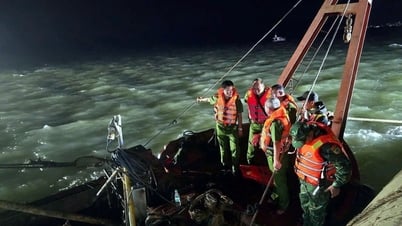
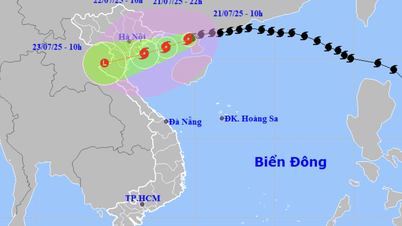



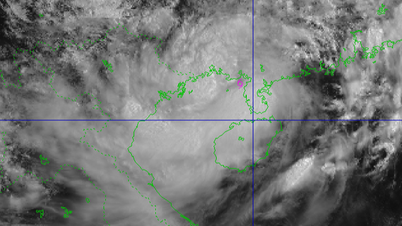




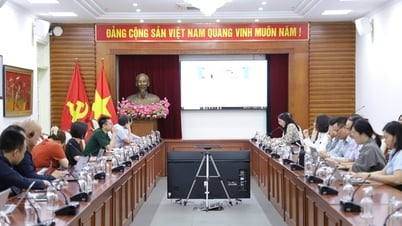
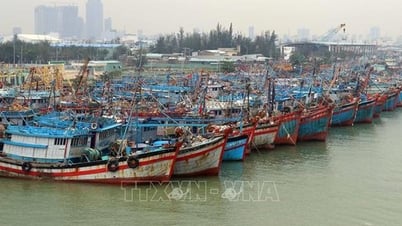

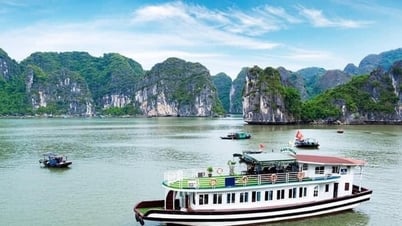



















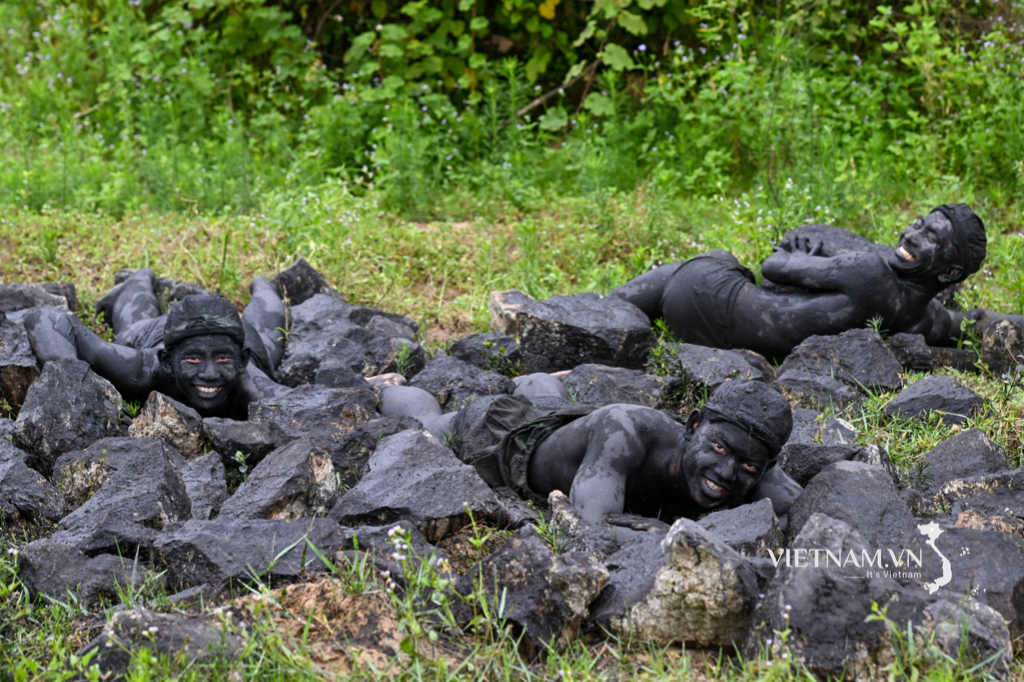

Comment (0)